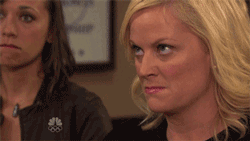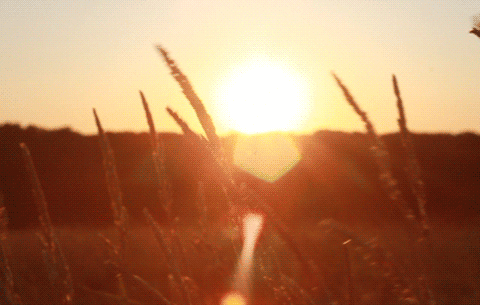In Stuart Elliott’s article, Chipotle Returns to Animation to Support Sustainable Farming, he brings to light the success of Chipotle’s efforts in using a video, The Scarecrow, to evoke support for sustainable farming. With 5 million views, the video is successfully uses music and sad visuals to appeal to viewers.
Chipotle is known for its motto, Food with Integrity. It supports organic vegetables and naturally raised animals. Just last week, Chipotle and the CAA Marketing division of the Creative Artists Agency and Moonbot Studios collaborated together to create a commercial about the food industry and commercial farming. Their goal is to make people more aware about what we’re truly eating and how right now, we’re all like the mindless scarecrows at the lunchroom but we can choose to change.

The video starts off with a scarecrow, he lives in work much like ours, incredibly rich in technology, with plenty of factories and commercial farming. There are images of unknown meat mixtures being produced in a factory. As well as, images of chickens and cows being fattened and plumped up with unknown vaccines and substances. Overall the visuals that the video shows are quite terrifying and sad. The scarecrow looks lost and saddened by whats happening around him, until at last he has an epiphany! He decides to stray away from the toxic foods that other scarecrows are mindlessly eating. Instead he grows vegetables in his own gardens and makes his own food naturally. The audience can clearly link that the scarecrow is similar to the founder of Chipotle. Just like the founder of Chipotle, the scarecrow in the video wants to share his food and knowledge with other scarecrows by setting up his own food stand.
I believe this video is extremely successful and carries out the purpose of persuading viewers to support sustainable farming. I believe that the music played an extremely important factor to make the video successful. The song, Pure Imagination, has extremely happy lyrics. Some lines from the song consist of:
If you want to view paradise
Simply look around and view it
Anything you want to, do it
But even though these words are happy, the singer sounds sad singing them. Like she’s sad of the environment around her, she doesn’t like this “paradise” and she wants to imagine another world, one with food made from sustainable farming and naturally raised animals. The dreary and sad music is probably my favorite part of the video.
I believe Chipotle is doing a good thing by creating this video. Personally, I did not know much about Chipotle or it’s point of view before this article. I feel like they’re different from most fast food restaurants and are taking strides to get the word out so consumers can choose what kinds of restaurants they want to support. In this way maybe more places will opt to buy organic vegetables and naturally raised animals. Through this video I noticed how closely businesses and the arts are connected. In fact most advertisements and commercials are pieces of arts varying from music, visual, dancing and theatre. Not only does this make advertisements more entertaining but also more persuasive.
How do you feel about the video? Did it evoke any certain emotions from you? Does this make you want to go out now and grab some Chipotle or do you think this is all just a cheap trick by Chipotle to make other restaurants look bad? Are business and arts that closely connected?
































